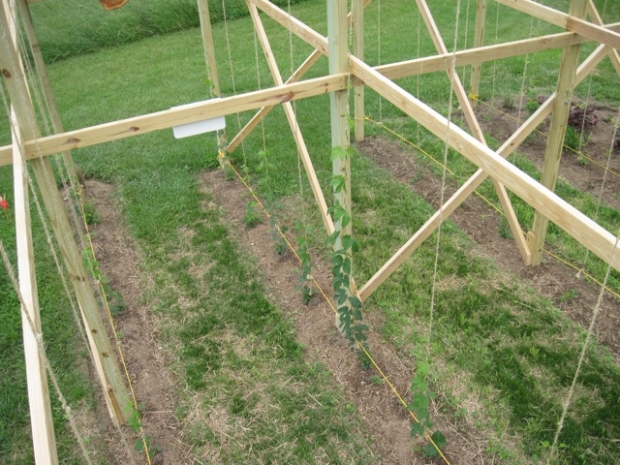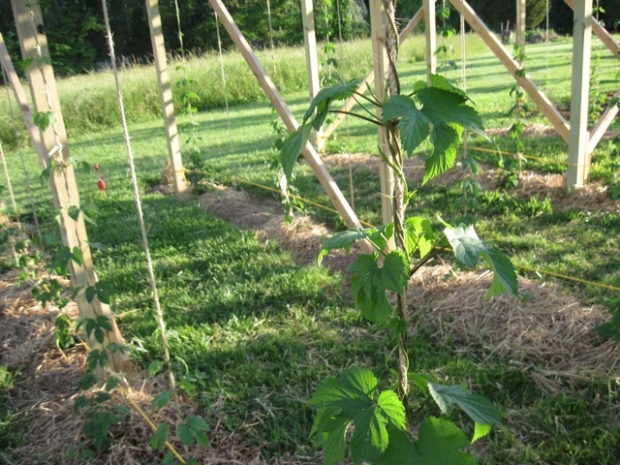That's a good question...let me do some back of the napkin numbers. I'll work on the 1 acre size.
From what we have seen, to handpick an acre you need about 750 labor hours. Assuming $10/hour, that is $7500.
Lets assume you are getting a healthy production of 1750 lb/acre (dried) and a premium price of $15/lb. That means $26,250.
Now if that handpicking increased yield the next year by 10%...the new yield would be 1925 lb. That extra 175 lb gives you another $2,625 or $28,875 for the total crop. Bear in mind, for every year you do this, you get 1925 lbs, the 10% doesn't compound on itself.
OK, now the hard part is comparing it to mechanical. Forgive the "commercial" but I only have numbers for our equipment...so the worst I've seen our equipment do is about 60 labor hours for an acre. (Best is 1/3 of that.) At the same hourly rate, that is $600/acre. Thus the labor savings for mechanical picking is $6,900 vs. an additional $2,625 in product for handpicking...in other words, mechanical picking nets an extra $4,275/yr.
So what is the payback on a mechanical harvester? You could probably build something simple for around $5,000. Ours is around $13,000. You can get a Wolf for $30,000 (maybe)...so payback on mechanical harvesting is 1 to 7 years. Feel free to rerun the numbers for whatever you feel is your reality.
























![Craft A Brew - Safale S-04 Dry Yeast - Fermentis - English Ale Dry Yeast - For English and American Ales and Hard Apple Ciders - Ingredients for Home Brewing - Beer Making Supplies - [1 Pack]](https://m.media-amazon.com/images/I/41fVGNh6JfL._SL500_.jpg)



















































